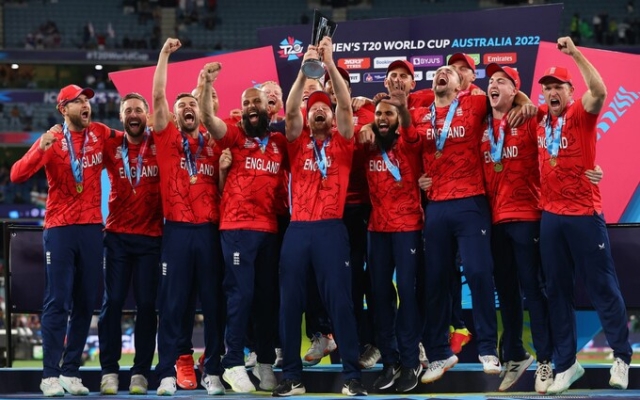 England will get a chance for an encore in India as their second consecutive 50-over World Cup goes ahead with the T20 crown they won last year Photo: Getty Images/Cameron Spencer
England will get a chance for an encore in India as their second consecutive 50-over World Cup goes ahead with the T20 crown they won last year Photo: Getty Images/Cameron Spencer
Check out this list of recent England batsmen: Jos Buttler, Jonny Bairstow, Jason Roy, Alex Hales, Joe Root and Ben Stokes.
They have a lot in common. All won at least one World Championship from 2019 to 2022; Buttler and Stokes won two. All rank among the greatest batters in England's history in at least one of the two limited-overs international formats. But there is something else, less obvious: the years of their birth. All of them were born between 1989 and 1991.
So are James Vince, Sam Billings and James Taylor, who would probably have been England regulars in any other era. Vince and Billings spent their careers on the fringes despite stellar domestic records. Taylor had to retire at age 26 due to heart disease; his average in his short ODI career was 42.23 and in one-day cricket 53.11.
Eight members of this group — all except Hales — were born between September 1989 and June 1991 : This corresponds to two school years. Three of the greatest bowlers in English white-ball cricket — Chris Woakes, Mark Wood and David Willey — were also born between 1989 and 1991, but overall the talent for batting is more noticeable.
These players represent the golden generation of English white-ball players, with an extraordinary abundance of talent emerging in three years. They emerged as a cohort of England footballers given that nickname nearing the end of their failed international careers, but they were rarely described in the same way. Through a combination of luck and common sense, they took advantage of a system that allowed them to explore the outer depths of their talents.
Apart from growing up with T20 and learning from each other since their teens, another striking feature of the 1989-1991 cohort was where they went to school. Seven of the nine batters — all except Hales and Stokes, who emigrated from New Zealand at the age of 12 — attended private schools at some stage, although Ruth only started at 15. Root was among those who received partial or full athletic scholarships, which were becoming increasingly common as top schools increasingly looked to sports as a source of prestige and fame.
“This cohort stood out for its physical dynamism.”
This cohort included outstanding athletes from a variety of sports who took advantage of the wide range of opportunities their schools offered. Buttler was the Somerset under-13 tennis champion at the age of nine; Vince played football at Reading Academy; Billings missed the Tottenham Hotspur Test to go on a cricket tour to Barbados; Roy was a promising rugby full-back who was offered academy contracts at 17 with Wasps and Harlequins.
When Bairstow played rugby, “I was a fly midfielder; in hockey I played midfield,” he wrote for Telegraph Sport. “Positions from which you can influence the game and try to put your team in a position of authority.” This defined his rise as both a wicket-keeper and an exceptional white-ball opener.
David Parsons, ECB Chief Performance Officer 2007-2019, admits: “Cricket hasn’t always been so good at developing athletes.” But this cohort as a whole stood out for its physical dynamism as it transitioned to the professional game.
“We had a group of talented athletes who definitely had the potential to do better,” explains Parsons. “When you look at this list (perhaps putting Root aside), there is no doubt that Stokes, Buttler, Bairstow, Woakes could have succeeded in almost any sport… their physical and athletic abilities have developed in a way that perhaps we have not done». I saw it before.'
Andy Flower, who made Root, Stokes and Buttler their international debuts as England coach, was also impressed by the team's athleticism. “Now this generation takes care of themselves physically much better than my generation,” he notes. “It's actually really rewarding to see professional athletes taking better care of themselves and getting closer to reaching their maximum potential.”
This is another area in which young Buttler has excelled. “He was strong, with strong arms and a strong core,” Flower recalls. “From what I saw, he worked on developing this strength from an early age. He developed himself comprehensively, played other sports and received a comprehensive sports education at an early stage of his development.»
Research has shown that playing a variety of sports until an athlete reaches adolescence can improve physical literacy. Later specialization can help athletes become more physically resilient, less prone to injury, and promote motor development: all transferable qualities. Skills can also cross-pollinate: Buttler's signature shot resembles a hockey shot; Bairstow has suggested that hockey has helped him develop the «slashing wrist action» that he uses to generate energy; Billings believes his own fast hand speed is «purely due to squash and racquets.»
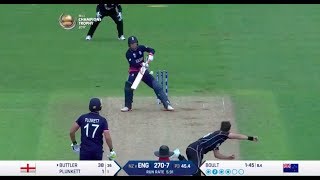
Billings suggests that the multi-sport background of the 1989-1991 cohort was a major factor in their athleticism, explosive running and skill in the game. “All the best fielders in the world are guys who played ball sports — rugby, football, etc. — where movement, reading the game and spatial awareness are important. You should encourage people to play as many sports as possible for as long as possible. Yos is a great example of this, as are all representatives of that generation.”
Consciously or not, young players also responded to economic incentives; Roy's decision to turn down offers from the rugby academy for a contract with Surrey was partly explained by the fact that he would be «earning money straight away rather than training and working part-time», he explains.
With the Indian Premier League starting in 2008 and other franchise leagues around the world following, the 1989-91 cohort was the first for whom white-ball cricket offered greater earning potential than Tests. T20 also gave them the platform they craved: “Look at all the guys who are T20 players: it totally suits their personalities,” notes Billings.
They were spurred on by internal competition. In white-ball cricket, young Root «looked in awe and wanted to do it, but I physically couldn't,» he recalls. At the end of the 2010 Under-19 World Cup, each player had a chat with coach Mark Robinson. Robinson told Root that unless he expanded his game, he would struggle to even become a one-day regular in county cricket, let alone in England.
«I remember leaving and being really angry» says Ruth. However, this meeting acted as a catalyst for him to expand his white-ball game — developing sweeps and traps — to keep up with his generation. «That's how I was going to survive at this level.»
In the coming weeks, the golden generation will get a chance for an encore in India: a second consecutive 50-over World Cup, capitalizing on the T20 crown they won in Australia in last year.
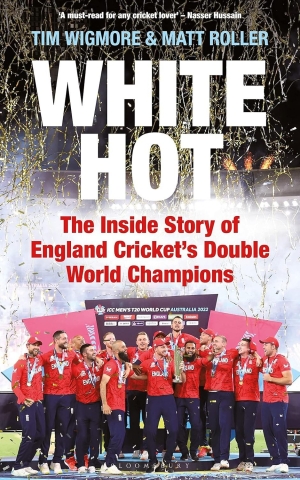 White Hot tells the full story of how the strategy and vision behind England's white-ball success < p>From White Hot: The Inside Story of England's Double Cricket World Champions by Tim Wigmore and Matt Roller (Bloomsbury, £22). Available for purchase now
White Hot tells the full story of how the strategy and vision behind England's white-ball success < p>From White Hot: The Inside Story of England's Double Cricket World Champions by Tim Wigmore and Matt Roller (Bloomsbury, £22). Available for purchase now


















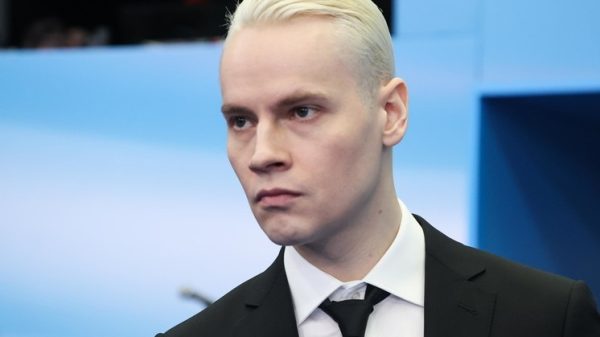


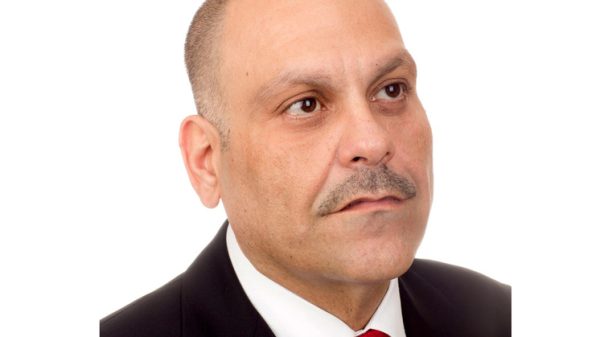



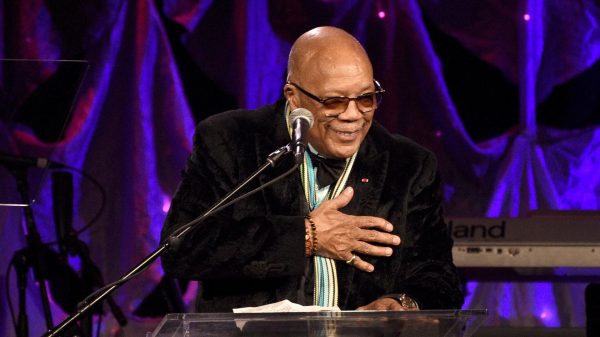
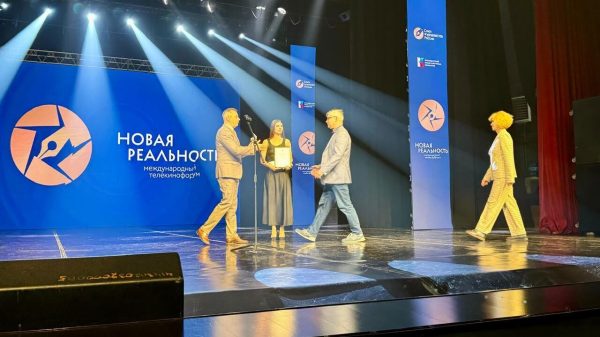
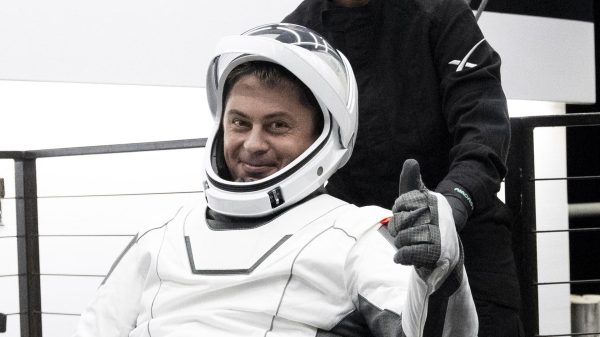





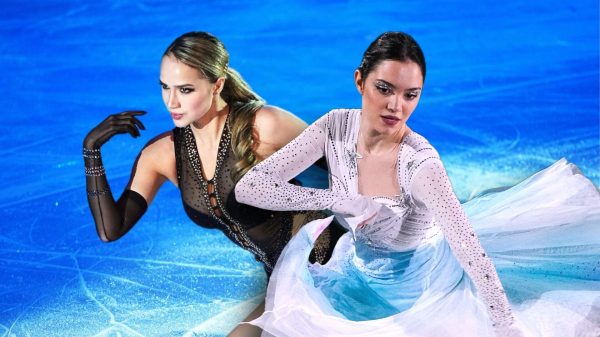

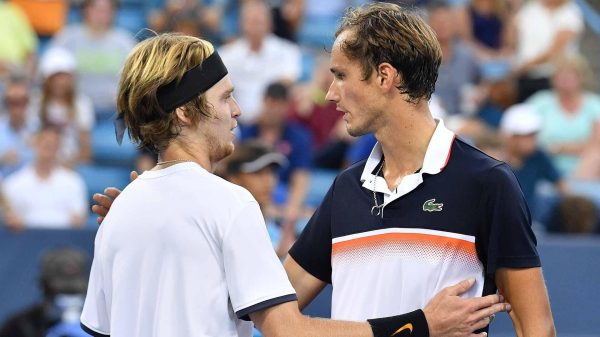
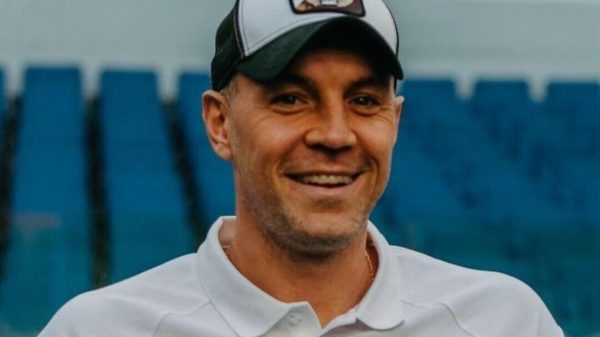




















Свежие комментарии